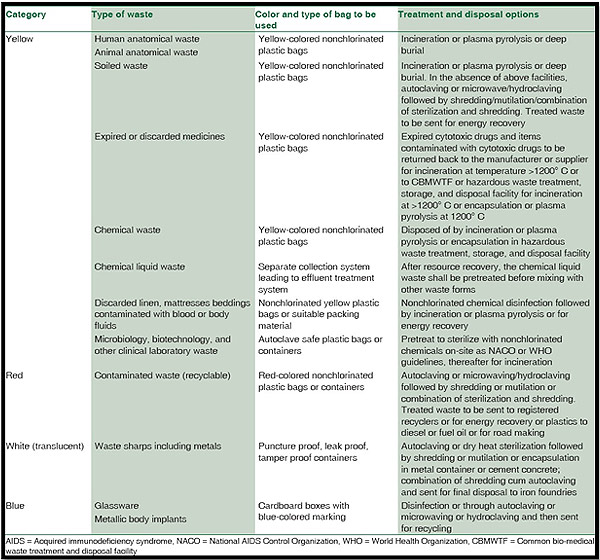See This Report about Reclaim Waste
See This Report about Reclaim Waste
Blog Article
More About Reclaim Waste
Table of ContentsA Biased View of Reclaim WasteAn Unbiased View of Reclaim WasteThe 7-Minute Rule for Reclaim WasteThe Main Principles Of Reclaim Waste About Reclaim Waste
Discover the types, events, and types of liquid waste. Domestic sewer waste refers to the waste and products from a domestic sewage-disposal tank. This sort of waste is created by humans in residences, institutions, and other structures. This only includes septic systems that have a drain area. The proper administration and disposal of residential sewer waste call for fluid waste to be transferred to a sewage treatment plant where the appropriate methods and devices are applied to purify and deal with waste.
Business waste commonly consists of possible hazards, such as flammable materials or a mix of liquid and strong waste products, and calls for a much more sophisticated and detailed disposal process. The disposal of commercial waste typically involves the purification of waste prior to transport to guarantee risk-free and correct disposal. Industrial waste is created from results and drainage of commercial procedures and manufacturing.
This sort of waste can not use the same sewer monitoring transport or procedures as septic or commercial fluids. The industrial waste administration process calls for the evaluation and screening of fluid waste before it undertakes the disposal procedure (liquid waste disposal melbourne). Runoff waste is the fluid waste that comes from overflow and excess stormwater in highly populated locations or cities
Drainage waste can trigger contamination and flooding otherwise handled correctly. Find out more concerning sewage system cleansing and waste monitoring. Making sure proper waste monitoring can avoid calamities and decrease ecological harm. Both people in household settings and experts in industrial or manufacturing markets can benefit from recognizing the processes and laws of fluid waste administration.
Some Known Details About Reclaim Waste
Contact PROS Providers today to find out about our waste administration and disposal services and the correct means to take care of the fluid waste you produce.
(https://reclaimwaste1.carrd.co/)This supposed 'wastewater' is not only an important source yet, after therapy, will certainly be released to our land, waterways or the sea. Used water from bathrooms, showers, bathrooms, kitchen area sinks, washings and industrial processes is recognized as wastewater.

water made use of to cool down machinery or clean plant and equipment). Stormwater, a type of wastewater, is overflow that moves from farming and metropolitan areas such as roofing systems, parks, gardens, roads, courses and rain gutters right into stormwater drains, after rain. Stormwater moves untreated directly to local creeks or rivers, discover this info here eventually reaching the sea.
Some Known Incorrect Statements About Reclaim Waste
In Queensland, a lot of wastewater is treated at sewage treatment plants. Wastewater is carried from residential or industrial sites via a system of sewage systems and pump stations, known as sewerage reticulation, to a sewer treatment plant.
The Division of Natural Resources encourages local federal governments about managing, operating and maintaining sewage systems and therapy plants. In unsewered areas, city governments might require homeowners to install individual or home sewer therapy systems to treat domestic wastewater from toilets, kitchen areas, bathrooms and laundries. The Department of Natural Resources authorises using house systems when they are shown to be reliable.
In some brand-new subdivisions, treatment of some stormwater to eliminate trash, sand and gravel has started making use of gross contaminant traps. Wastewater treatment occurs in four stages: Removes solid issue.
Wastewater then flows right into huge containers where solids settle and are gotten rid of as sludge. Oil and residue are skimmed from the surface area. Makes use of little living organisms referred to as micro-organisms to damage down and get rid of staying dissolved wastes and fine particles. Micro-organisms and wastes are incorporated in the sludge. Gets rid of nitrogen and phosphorus nutrients that might trigger algal blossoms in our waterways and threaten marine life.
Reclaim Waste Fundamentals Explained
Nutrient elimination is not readily available at all sewer therapy plants due to the fact that it requires pricey specialized equipment. Clear fluid effluent generated after therapy may still contain disease-causing micro-organisms - liquid waste disposal melbourne.

A lot of wastewater streams right into the sewage system. Under the Act, neighborhood federal governments administer approvals and permits for ecologically relevant activities (Periods) entailing wastewater launches that could have a local influence.
Reclaim Waste Fundamentals Explained
Surveillance supplies accurate info concerning water high quality and can confirm that licence conditions are being fulfilled. The information gotten via tracking provides the basis for making water quality choices.
Report this page